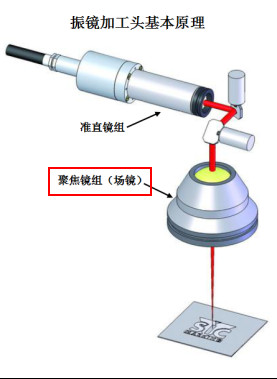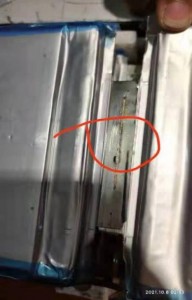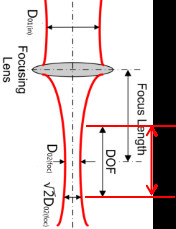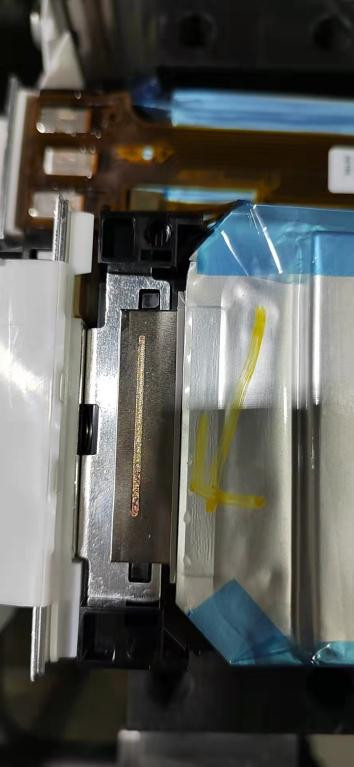1. Different focus field lenses——Depth of Focus Contrast

|
Collimated spot :10mm, M²:1.1 |
|
|
F |
DOF |
|
170 |
0.44mm |
|
254 |
0.98mm |
1. The focal depth of the field lens F254 is 2.23 times that of the field lens F170
2.Focal depth formula:

2. F254 focusing field lens——Improvement of welding stability
1. Welding position requirements: to ensure the same welding effect. the surface of the product must be within the range of the depth of focus;
2. F254 field lens function (large depth of focus):
The lower the requirements for product flatness. tool clamping consistency. product and galvanometer level. etc.. the higher the fault tolerance rate;
Solve the problem of inconsistent welding and welding bead effect. and improve the welding yield.


Welding parts of lithium batteries: In the production of lithium batteries, laser welding is involved in every link from battery cells to modules and battery packs. Typical welding parts include: explosion-proof valves, sealing nails, busbars, poles, square aluminum shells & tabs, piece connection, module housing, etc.
Welding materials for lithium batteries: Lithium batteries need to be light in weight, most of the outer shell is made of aluminum, and the internal connection parts are made of copper to ensure good electrical conductivity. Therefore, most of the laser welding in lithium batteries is highly reflective and highly conductive materials.
The advantages of large focusing field lens for high-reflective materials welding: High-reflective materials are extremely sensitive to laser energy. In the case of slight defocusing, the laser cannot melt the material, showing problems such as false welding, uneven welding bead, and inconsistent penetration. Therefore, the use of a large focusing field lens combined with a single-module laser can ensure stable welding of lithium batteries within a sufficient focal depth range.

Post time: Jan-06-2022




